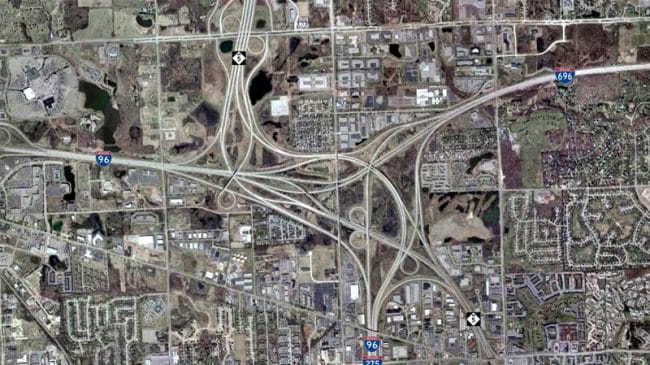North Carolina has the nation’s largest state-owned highway system (80,200 miles), 72 airports, 120+ transit systems, extensive intercity rail freight and passenger service, and several ocean ports. These resources are a key element in the state’s economic vitality and are central to its economic progress. Recent legislative and gubernatorial changes provide an opportunity for charting new directions for transportation policy, planning and investment.
This report summarizes an effort by Reason Foundation and the John Locke Foundation to make recommendations for improving North Carolina’s transportation system. The report reviews numerous prior studies, visions, plans, legislation, and the practices of other states to identify suggestions for transportation improvement. Additional suggestions come from stakeholder groups and to individuals familiar with North Carolina’s transportation issues. In total, 157 separate suggestions are reviewed. These are analyzed by goal, time frame, mode, cost or savings potential, feasibility and regional equity.
Of the suggestions reviewed, 20 are recommended for immediate action, but no new ?revenues are called for. These recommendations are listed in the table below.
In the first category are six recommendations that concern major changes to the transportation program by increasing maintenance and concentrating expansions on statewide significance. A key step is to constrain the STIP2 by merit-based project selection, then shifting some of the savings to maintenance, major projects and rural safety. If fully implemented these recommendations would save about $ 50 million annually, reducing expenditures in some areas and increasing them in others.
In the second category are four recommendations intended to increase economic productivity and strengthen maintenance management and project selection, through head-to-head project evaluation, adding maintenance needs to funding formulas, and contracting out light maintenance. If implemented fully these would increases costs by about $ 30 million annually but result in better system condition and improved economic productivity.
In the third category are 10 lower-cost recommendations intended to strengthen long-range planning by refreshing the state’s vision for transportation, preparing an updated Long Range Plan and improving communications. Organizational efficiency is also addressed through increased design-build flexibility and strengthened measures of performance and project delivery. If implemented fully these recommendations would save about 1.1 million annually.
In total the 20 recommendations would save about $ 21 million annually and would substantially realign and refocus the transportation program on needed and affordable activities.
In addition to these recommendations, an additional 15 suggestions are also highlighted for consideration. The report also provides expanded discussion of several current topics, including public-private partnerships, tolling, pricing and managed lanes, Interstate widening and contracting maintenance. Detailed tables and descriptions for all suggestions are provided. All suggestions are fully documented.





